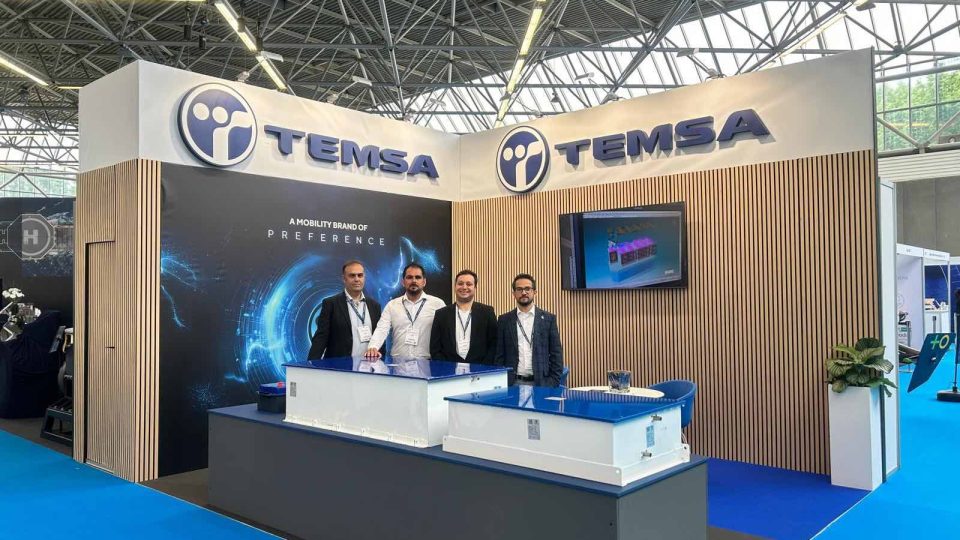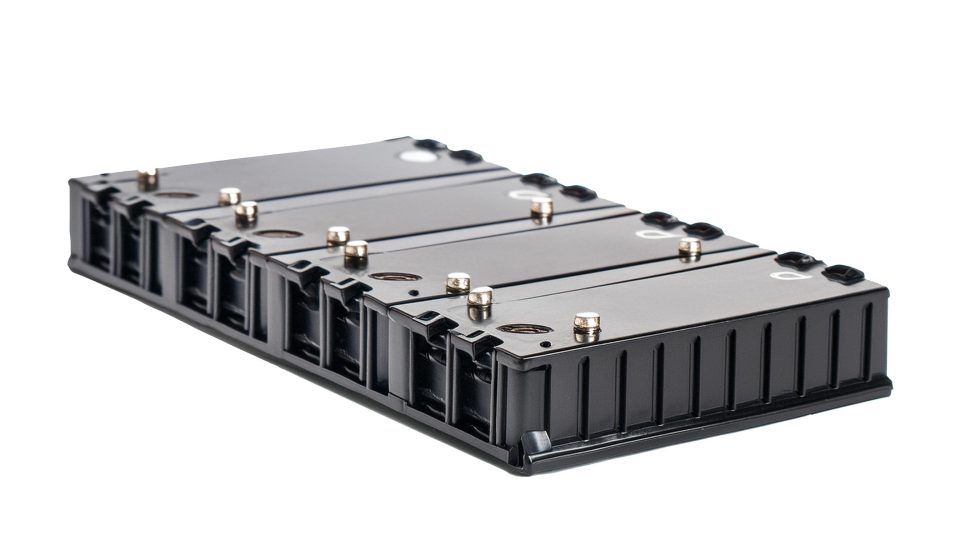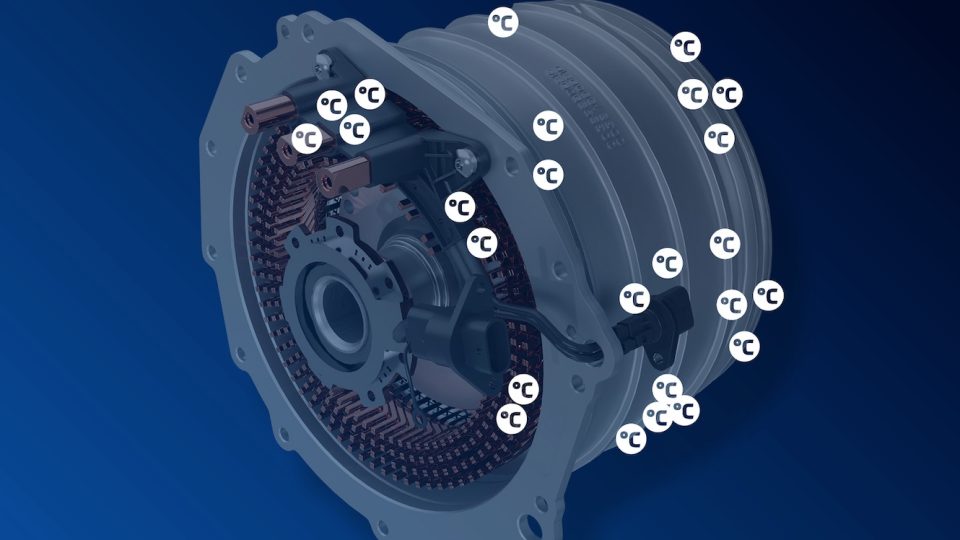Eni and biodiesel: Venice is working hard
We have already discussed in a previous post how diesel is solidly part of Eni’s family and how it is appreciated not only in its fossil forms. In particular, using the words of Giuseppe Ricci, Chief Refining & Marketing Officer, we can now continue exploring the relationship that exists between Eni and biodiesel, with a […]
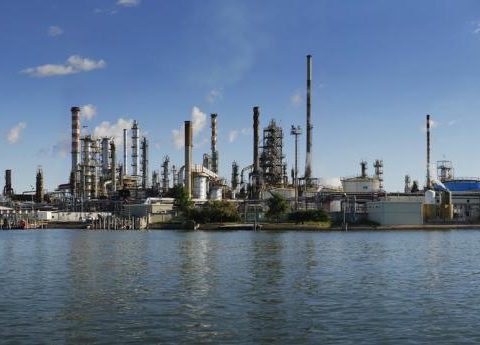
We have already discussed in a previous post how diesel is solidly part of Eni’s family and how it is appreciated not only in its fossil forms. In particular, using the words of Giuseppe Ricci, Chief Refining & Marketing Officer, we can now continue exploring the relationship that exists between Eni and biodiesel, with a particular focus on the activity carried out in the Venice area.
THE FIRST PART OF THE INTERVIEW…
Green Diesel: how can 15% renewable be implemented?
The percentage of HVO diesel oil can be increased by up to 30-35%. It has already been successfully tested at 50% on Navy ships and could also be used pure, therefore at 100%, with an exception on density.
What production potential could realistically be guaranteed by the production of algae using photobioreactors? Is it an activity applicable on microscale and in the territory?
Microalgae have a high potential for capturing and transforming CO2 into a biomass, from which a vegetable oil can be extracted suitable for use by our Ecofining technology. The main advantage of algae is the high productivity per hectare compared to traditional crops of oil plants.
If applied on open lagoons they can produce up to 30 tons/ ha/year of algal oil, a much higher quantity than the best oil plant, the palm, which produces around 4-5 tons/ha/year. The application of a photobioreactor-based technology, thanks to greater efficiency, allows to achieve greater productivity, both in terms of algal biomass and oil. Furthermore algae can also be used to make products for nutraceuticals with high added value.
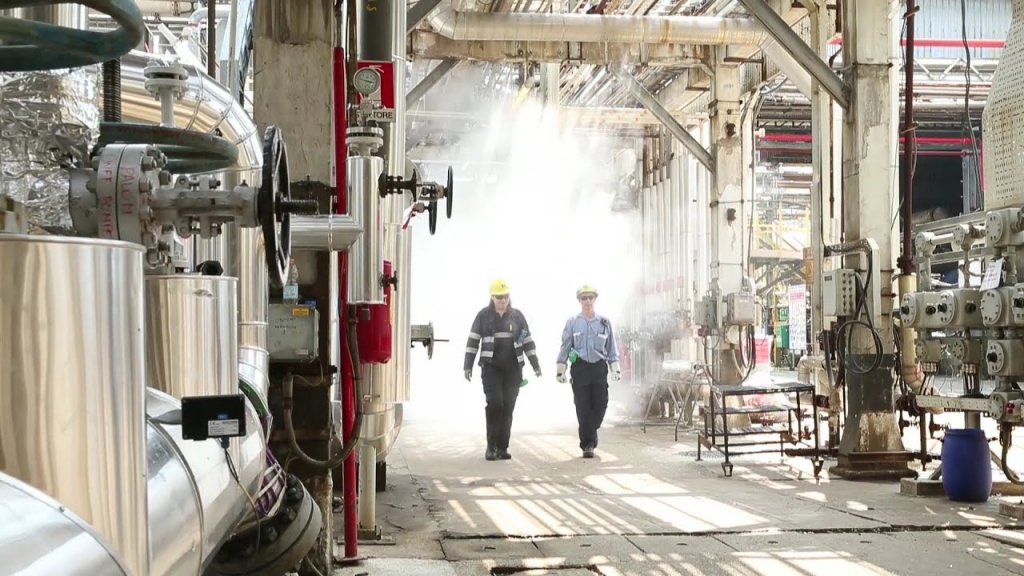
Eni Venice biorefinery. According to Eni, would it make sense for the Venice ATCV to enhance the retrofit of biodiesel-powered engines on lagoon taxis and ferries, based on what has been happening since June 2018?
No retrofit was carried out on the ferries engines; Enidiesel+ is an EN590 diesel fuel that can be used instead of regular diesel. Bench testing on a propulsion engine showed both a reduction in consumption (-3.7%) and a significant reduction in particulate matter, completely in line with previous experiments conducted on public transport vehicles on land.
Venice. Case study. Specificity and potential of the plant: exhausted oils and…
The objective is to reduce as much as possible the use of palm oil and other raw materials in competition with the food chain, compatibly with the regulatory obligations imposed by European and Italian regulations on biofuels and in accordance with the availability of alternative raw materials.
The current capacity of the Eni biorefinery in Venice is equal to 250 Kt/y of charge (such as palm oil and other vegetable oils, all also certified for sustainability), including around 20% of used and frying vegetable oils (oils to cook, to be clear), animal fats and advanced charges. The capacity can be increased to 540 Kt/y with the inclusion of a hydrogen production plant, able to maximize the processing level. In this context, the possibility of achieving this objective is currently being studied with the construction of a Waste to Hydrogen plant, ie with the gasification of solid urban waste.
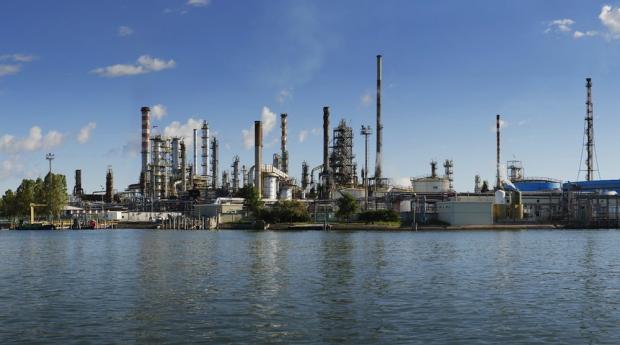
Some data: in 2018 about 75,000 tons of waste cooking oil were collected, almost exclusively produced by the catering and industrial sectors, which represent only 25% of the oil produced in Italy, which amounts to about 280,000 tons per year.
Most of the production takes place therefore in the houses, and the disposal takes place mostly in the discharges because most of the citizens do not know that eliminating the frying oils through the sewer system can involve serious environmental consequences. In addition to clogging the domestic drainage system and the sewage networks with increased maintenance costs, disposal through the sewer system affects the correct operation of the purifiers, increasing purification costs. One liter of oil generates up to 4 kg of sewage sludge which will then have to be managed as waste, can reach the aquifers and make the water unsafe and create pollution of surface waters, ie lakes, rivers and the sea with high damage for the ecosystem.
Some other data coming from the Eni biorefinery in Venice: in 2018 about 20% of the charge was made up of used and frying vegetable oils; about 2.5% from shea oil and about 1% from Matrilox, a residue from green chemistry from the manufacture of biodegradable plastic. In addition, advanced fillers have been successfully tested: soapy pastes (which are residues of the chemical deacidification of vegetable oils), POME (Palm Oil Mill Effluent) which is a regenerated waste coming from the use of palm oil and animal fats.
In terms of quantities, the total advanced alternative fillers processed in Porto Marghera were around 43 million liters, of which about 30 million liters were frying vegetable oils.







